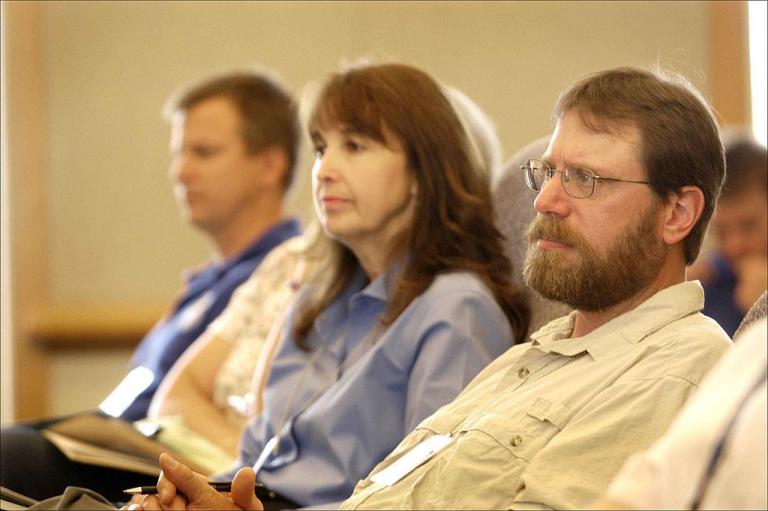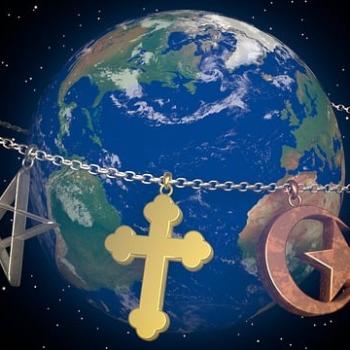
Some say America is very religious. Others say America is very secular. Which is it?
Well, the USA is a very populous country, the third largest in the world (after China and India). That means that simple binary conclusions about the American conclusion are likely to be misleading.
When it comes to religion, the best way to describe the nation overall is that we are remarkably balanced. About one-third of Americans are religious; one-third are secularist; and one-third are somewhere in between.
Not only that, the trends are intensifying. Americans are becoming more religious than they used to be. And other Americans are becoming more secular than they used to be. From that, I suppose we might conclude that the other Americans are becoming more lukewarm than they used to be.
All of this–except the lukewarm part–is discussed at Religion & Politics by Spencer James, Hal Boyd, and Jason Carroll in their article Why the Partisan Divide? The U.S. Is Becoming More Secular—and More Religious.
They cite and link to numerous studies supporting their point.
The authors say that most countries are predominantly one or the other. Latin America, for example, is overwhelmingly religious. Europe is overwhelmingly secular. “The United States, meanwhile, stands out for its unique demographic mix of both seculars and the highly religious,” they say. “Of the eleven countries analyzed, only in the United States do these two groups have to deal with each other on somewhat equal grounds.”
How can they say that Americans are becoming more religious when religious affiliation has declined, to the point that the non-affiliated have risen so that they constitute one-third of the population?
Actually, the percentage of Americans who are religious has been stable over the decades, even as the population has increased, which means the number has been going up. As we’ve discussed before at this blog, the rise in the non-affiliated has been coming nearly exclusively from the segment that is in between–that is, nominal members who have been on the church rolls but who don’t really believe all that stuff and finally give up the pretense.
To be sure, the number in between secularism and religion is still very large, a third of the country and as many as the religious and the secularist. They are not all “nominal” believers necessarily, with many holding beliefs that really are a combination of religion and secularism. These are the ones whom the religious and the secularists compete to win over.
The most interesting sense in which Americans are becoming “more religious,” though, is in the growing intensity of faith among those who have it, something else we have blogged about. Here is how the Religion & Politics article puts it:
For example, a 2017 study from Indiana University’s Landon Schnabel and Harvard’s Sean Bock suggests that “intense religion” has persisted even as more “moderate religion” has seen declines. In other words, ascendent secularism is accompanied by a deepening of religious intensity. Speaking to The Washington Post, Schnabel compared this phenomenon to a “container getting smaller, but more concentrated.” So, yes, the steady stream of cable news chyrons on waning religious affiliation are accurate (the religious landscape is shifting) but the real story is more complicated.
Photo: “Three people Listening Intently” by Harless Todd, U.S. Fish and Wildlife Service, Public domain, via Wikimedia Commons.














